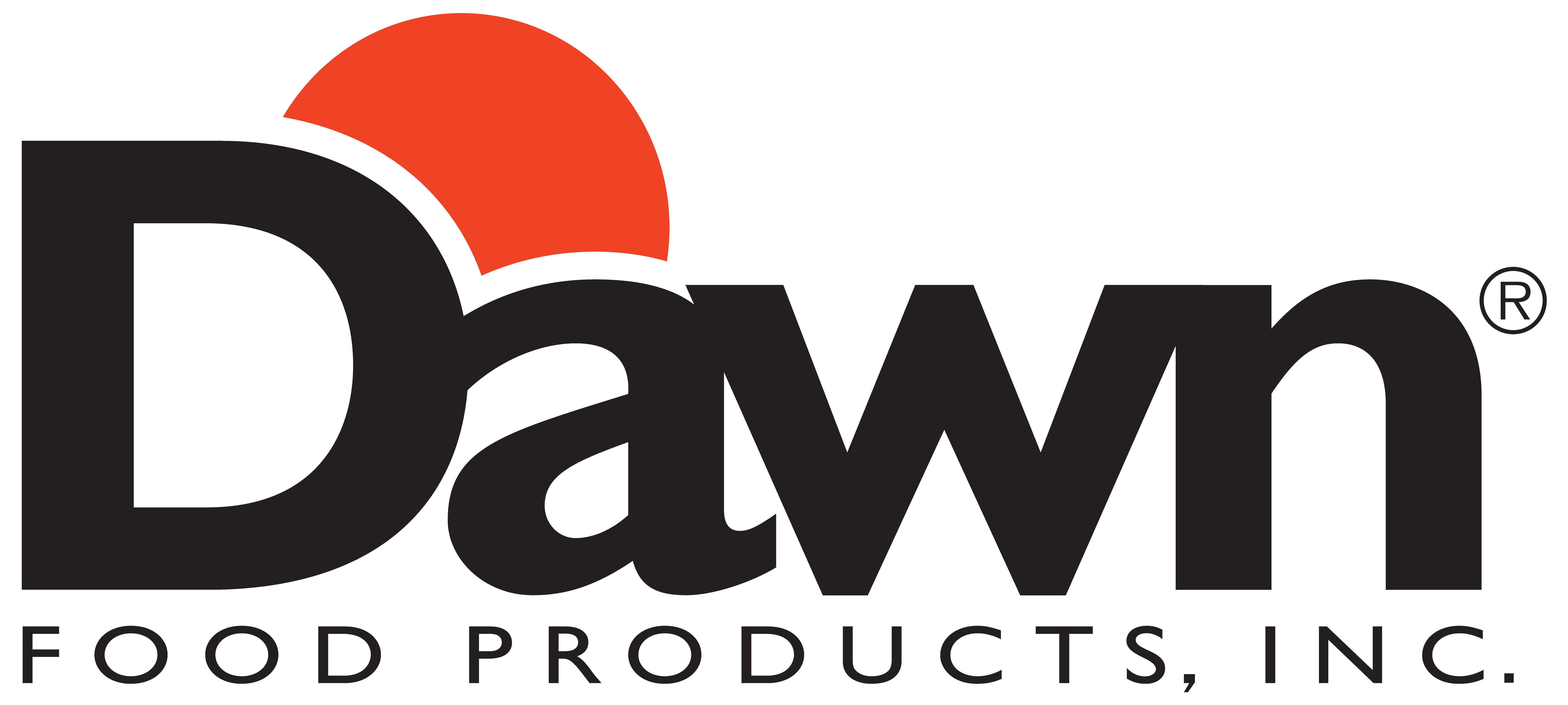OSHA's General Duty Clause
The General Duty Clause is found in Section 5(a)(1) of the Occupational Safety and Health (OSH) Act of 1970, which established the Occupational Safety and Health Administration (OSHA).
Flexibility
The GDC provides flexibility to address hazards that may not be covered by specific OSHA standards. Employers are expected to take appropriate actions to protect workers from recognized hazards, even when there is no specific regulation.
Enhanced safety
Proactive hazard identification
Improved safety culture

Worker safety
Compliance with the GDC ensures that employers actively assess their workplaces for potential hazards and take steps to prevent serious injuries or fatalities, thereby enhancing worker safety.
Reduced incidents
Hazard identification and correction
Improved security

Legal obligation
Employers have a legal obligation to provide a safe workplace, and violations of the GDC can result in citations and penalties if employers fail to address recognized hazards.
Legal compliance
Safer work environments

Reduction in incidents
By identifying and addressing recognized hazards, companies can reduce workplace accidents, injuries, and fatalities, leading to lower workers' compensation costs and improved employee morale.
Improved morale
Reduced incidents
Reduced workers’ compensation costs

Meeting the requirements of OSHA's General Duty Clause
Meeting the requirements of OSHA's General Duty Clause involves identifying and addressing recognized hazards in the workplace to ensure the safety and health of employees. Ideagen EHS software can be a valuable tool to help organizations meet these requirements effectively.

OSHA General Duty Clause requirements
Ideagen environmental, health and safety solution
Regularly assess the workplace to identify recognized hazards that may cause serious harm or fatalities to employees.
Ideagen EHS software enables organizations to systematically identify hazards, categorize, and prioritize them using risk assessment and audit tools.
Evaluate the severity of each recognized hazard and the likelihood of an incident occurring.
The software enables prompt reporting of incidents, streamlining investigations for understanding root causes.
Evaluate the severity of each recognized hazard and the likelihood of an incident occurring.
Ideagen EHS software aids in documenting and managing control measures, tracking their implementation and effectiveness to address recognized hazards.
Provide comprehensive training and education to employees regarding the recognized hazards, their associated risks, and the control measures in place.
The software maintains employee training and certifications for recognized hazards, automating reminders and ensuring adequate hazard education.
Some of our customers



Dawn Foods transform incident reporting
Dawn Foods shares their digital transition with Ideagen EHS, chosen for robust incident management, compliance, mobile apps and lessons learned.
OSHA General Duty Clause FAQS
Yes, employers can be cited and penalized by OSHA for violating the GDC. Penalties vary depending on the severity of the violation and the potential harm to employees.
To comply with the GDC, employers should conduct regular workplace hazard assessments, involve employees in safety discussions, follow industry best practices, and implement appropriate safety measures to address recognized hazards.
A recognized hazard is one that is known or should be known to the employer, based on industry standards, common practices, or the specific circumstances of the workplace.
If a specific OSHA standard addresses a hazard, employers are expected to comply with that standard. The GDC comes into play when there is no specific standard for a recognized hazard.
Yes, employees have the right to report potential GDC violations to OSHA, and their complaints are confidential. Employers are prohibited from retaliating against employees who report safety concerns.
Yes, compliance with the GDC is mandatory for all employers covered by OSHA, regardless of their size or industry.
Meeting the requirements of OSHA's General Duty Clause (GDC) involves identifying and addressing recognized hazards in the workplace to ensure the safety and health of employees. Ideagen EHS software can be a valuable tool to help organizations meet these requirements effectively.
Additional resources
Expand your OSHA GDC knowledge with our additional reading.
